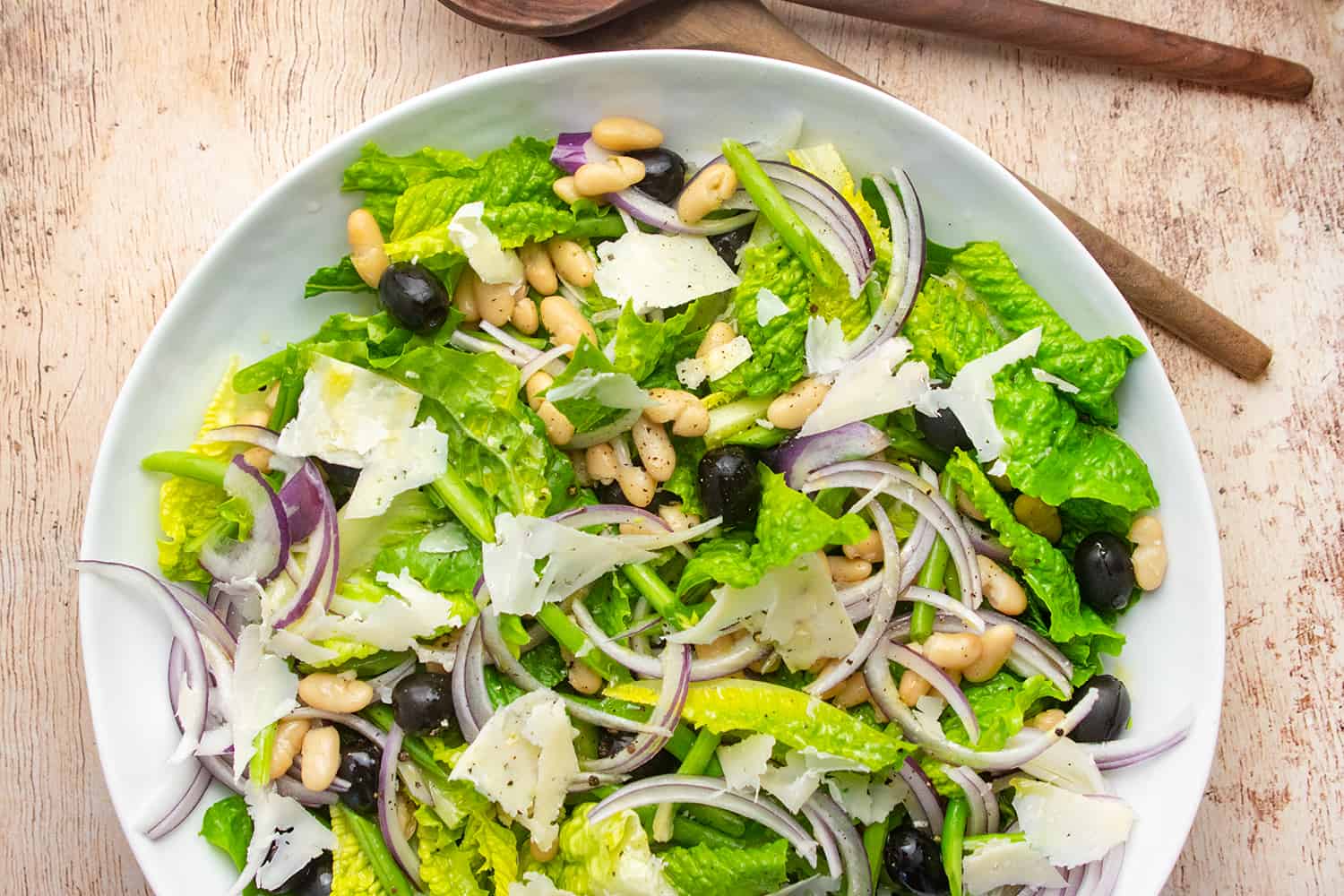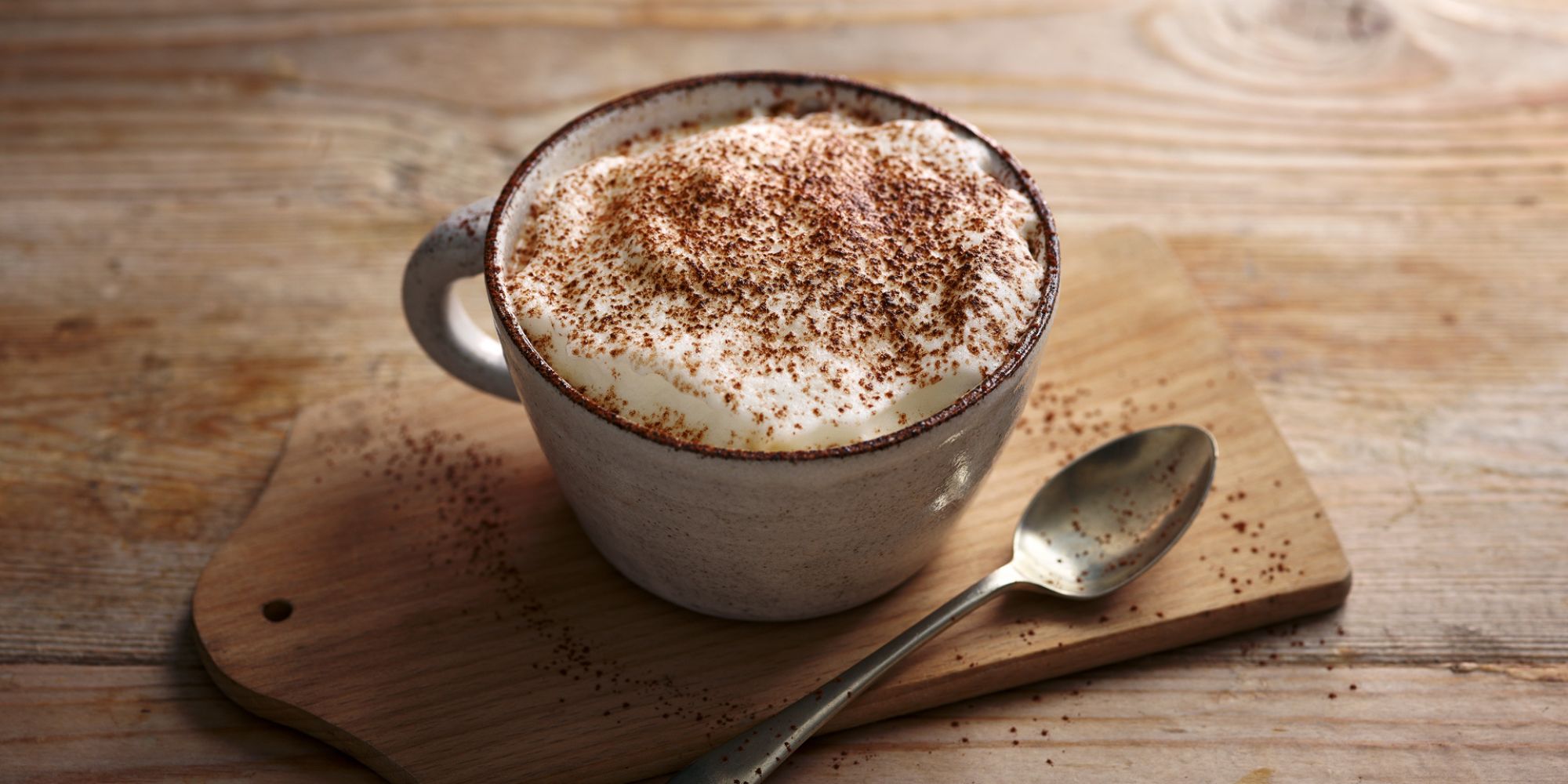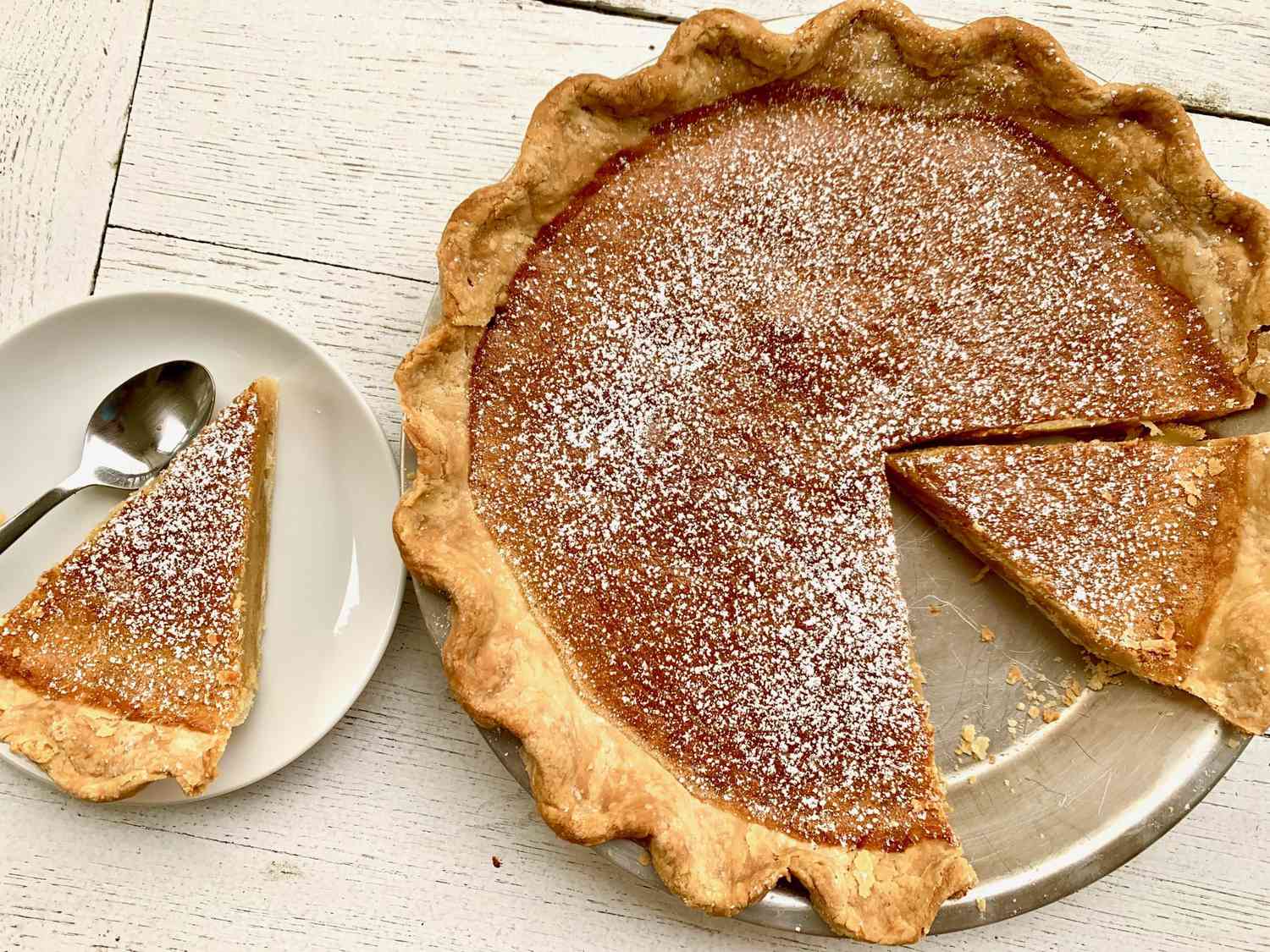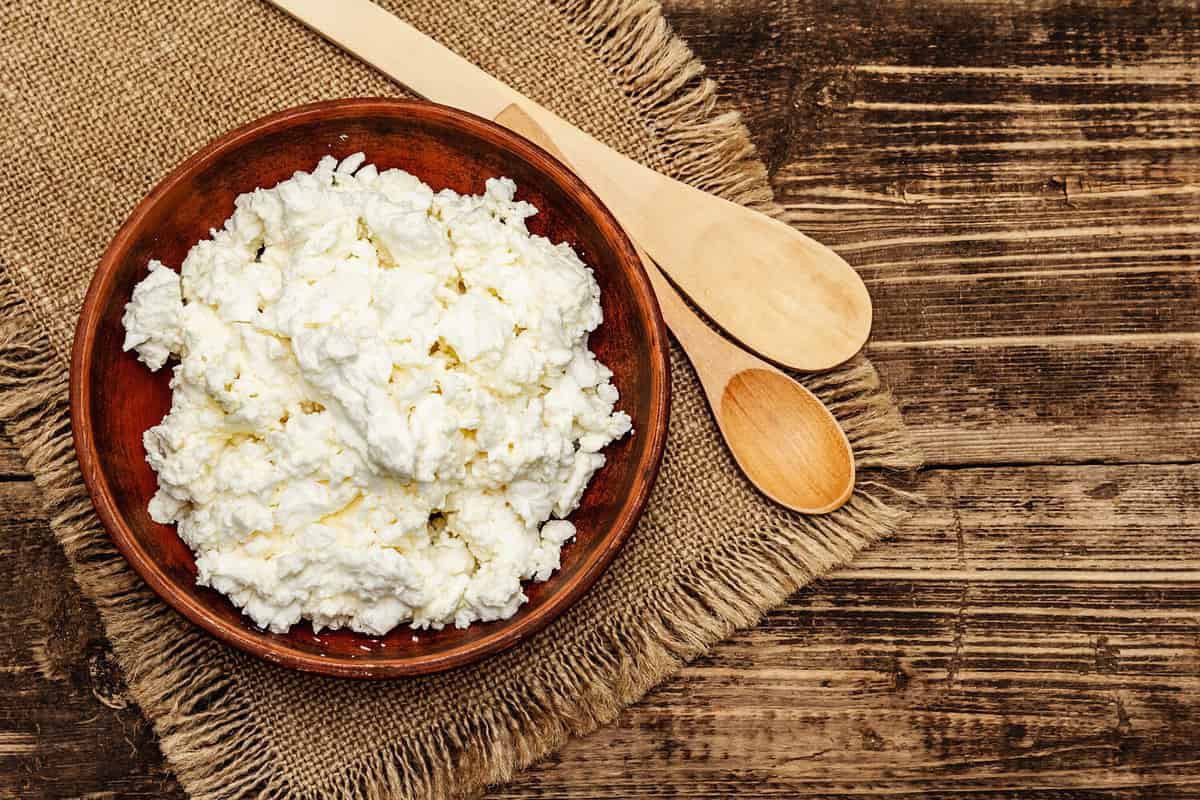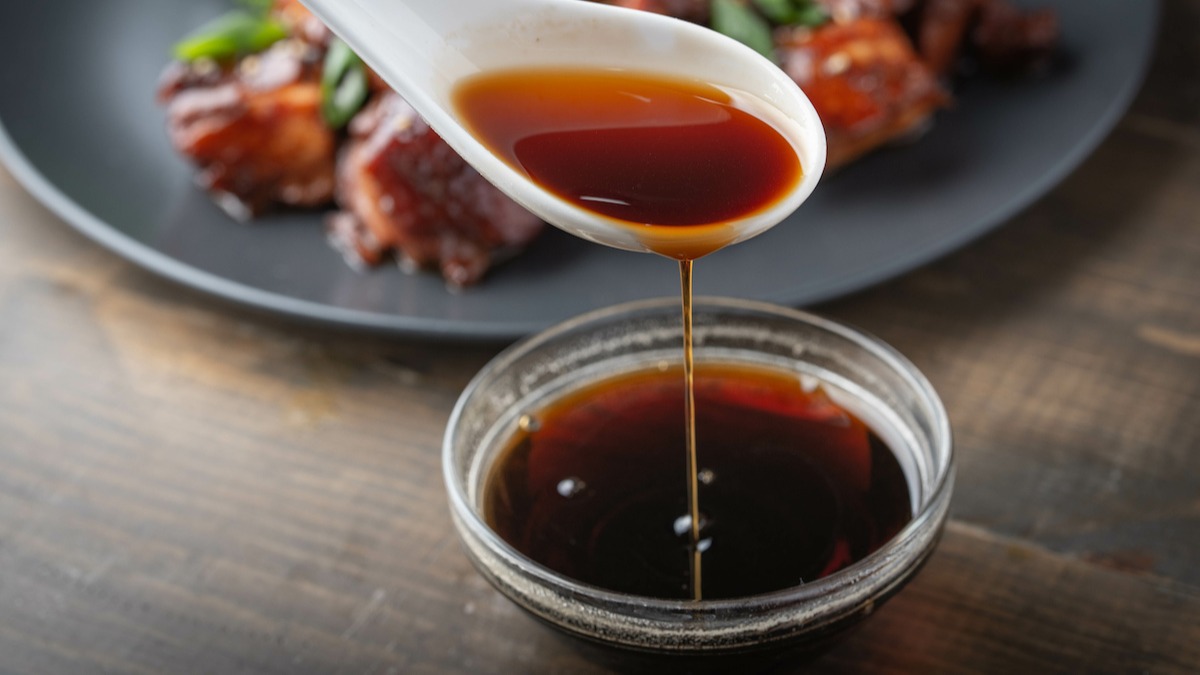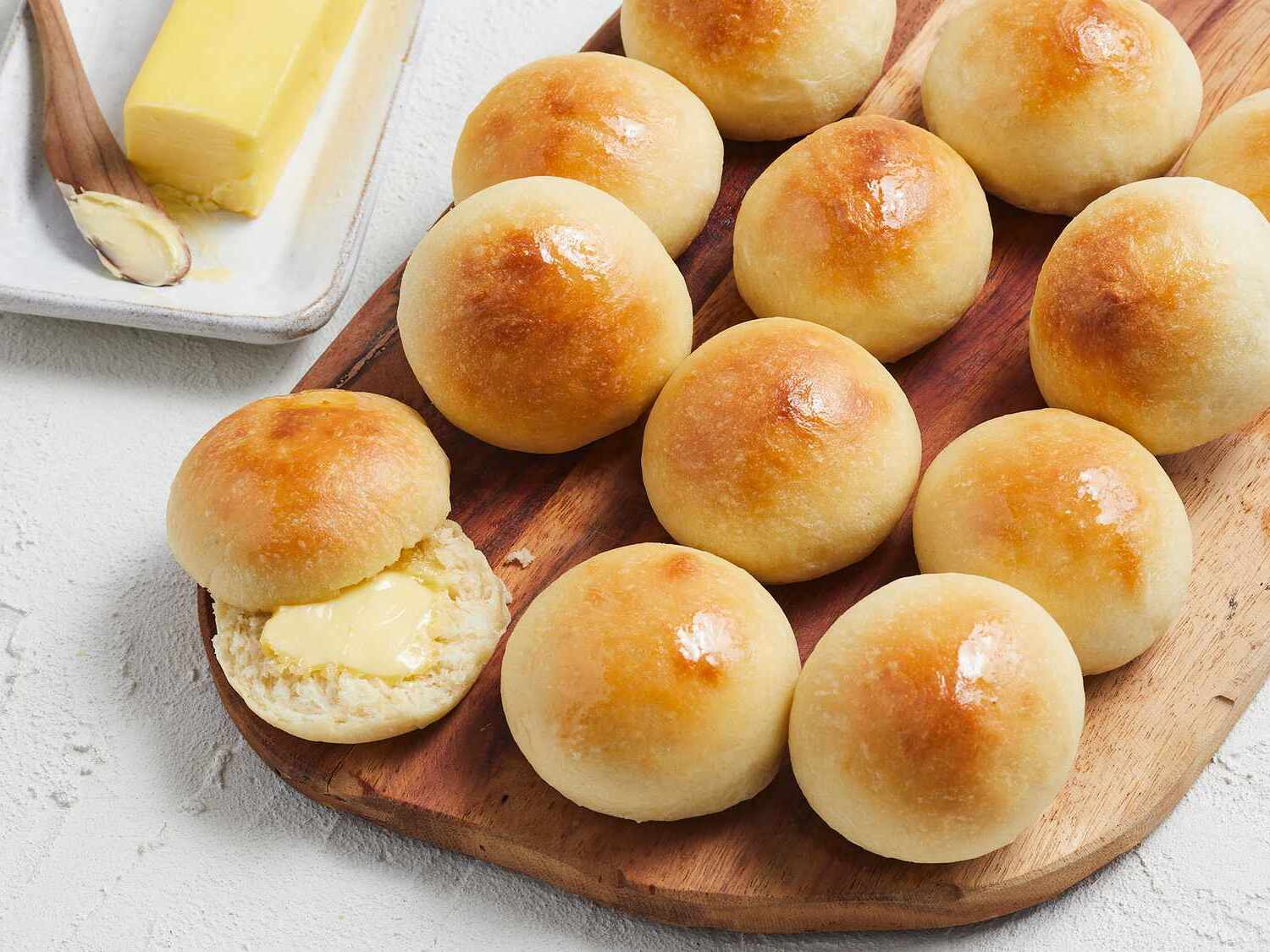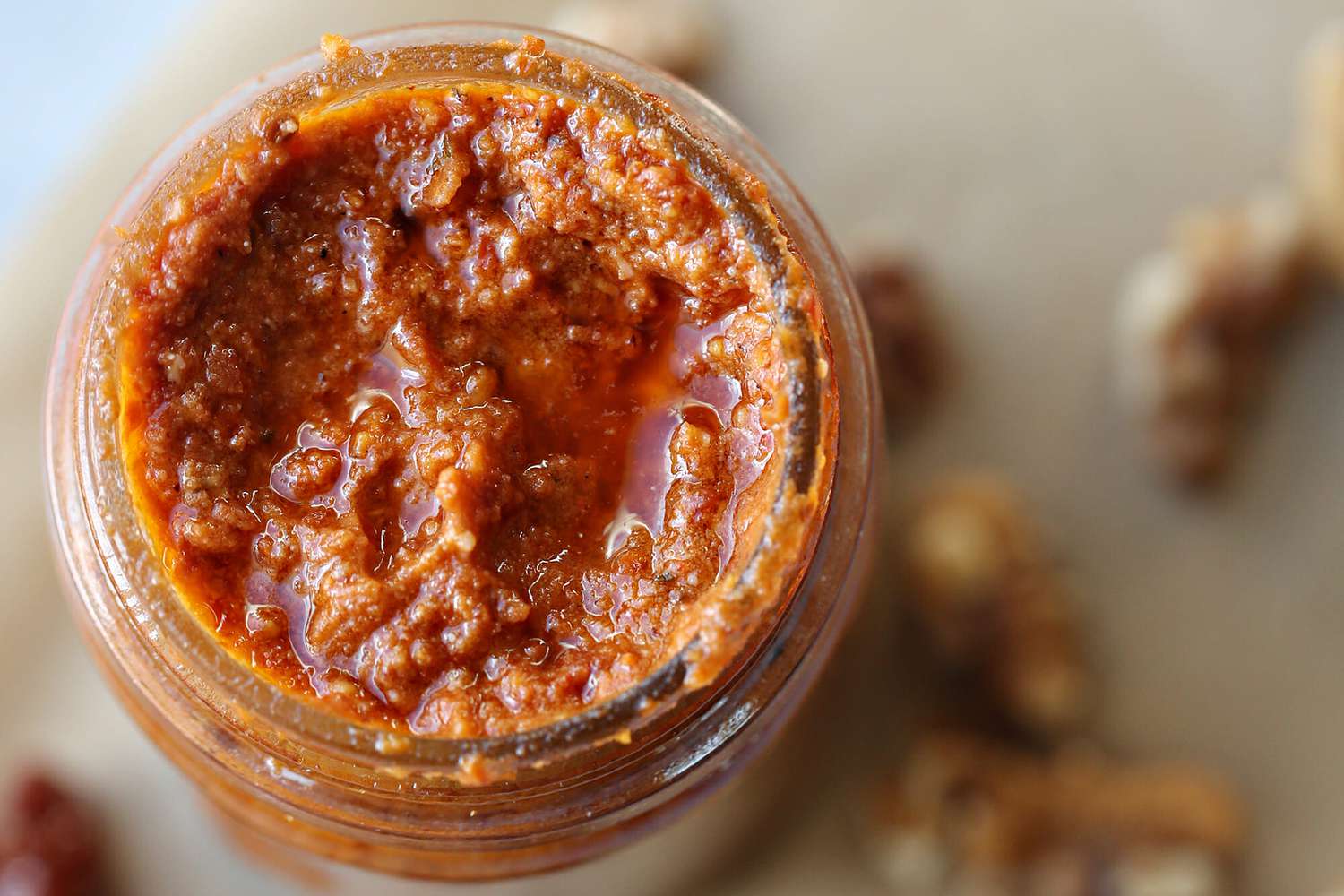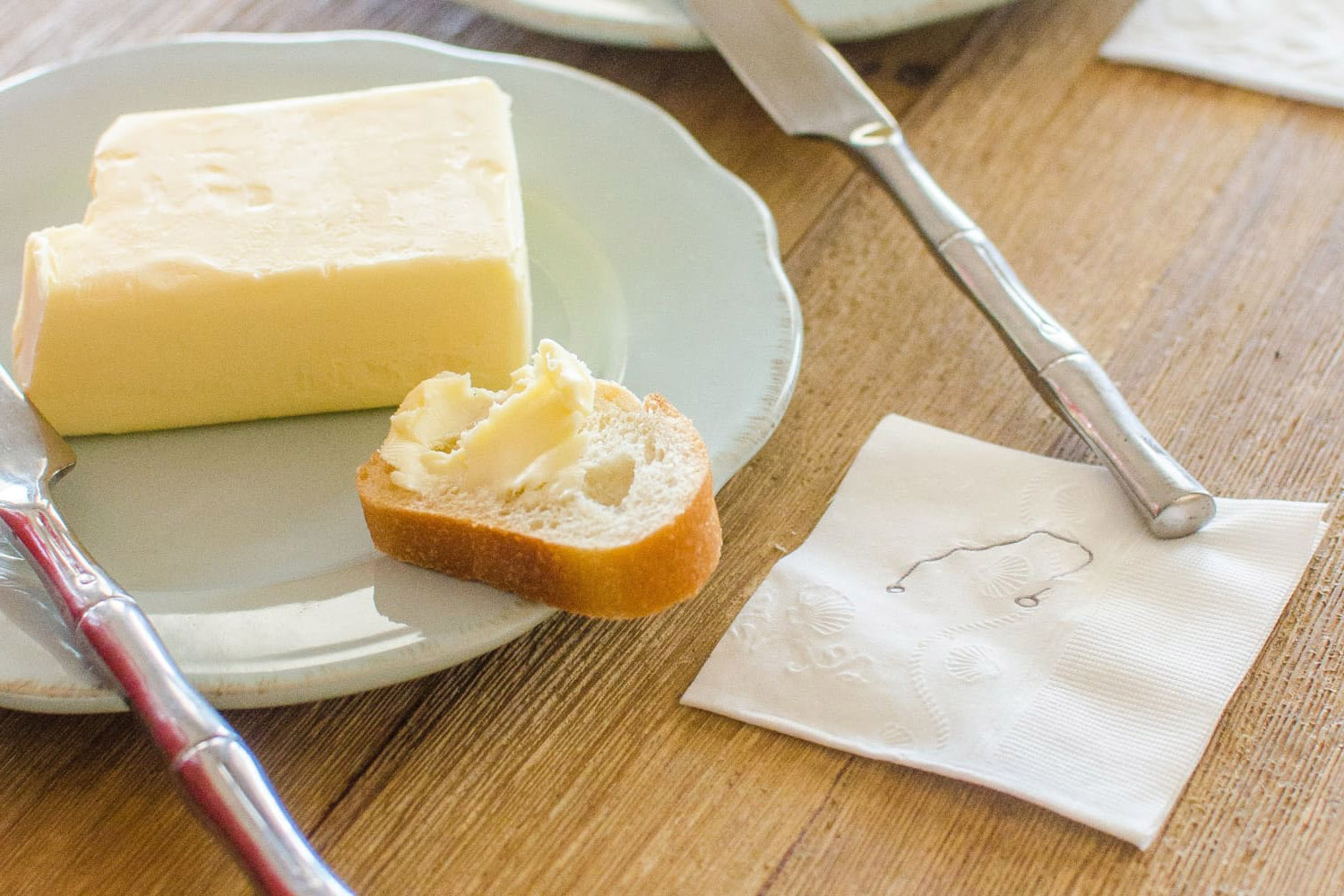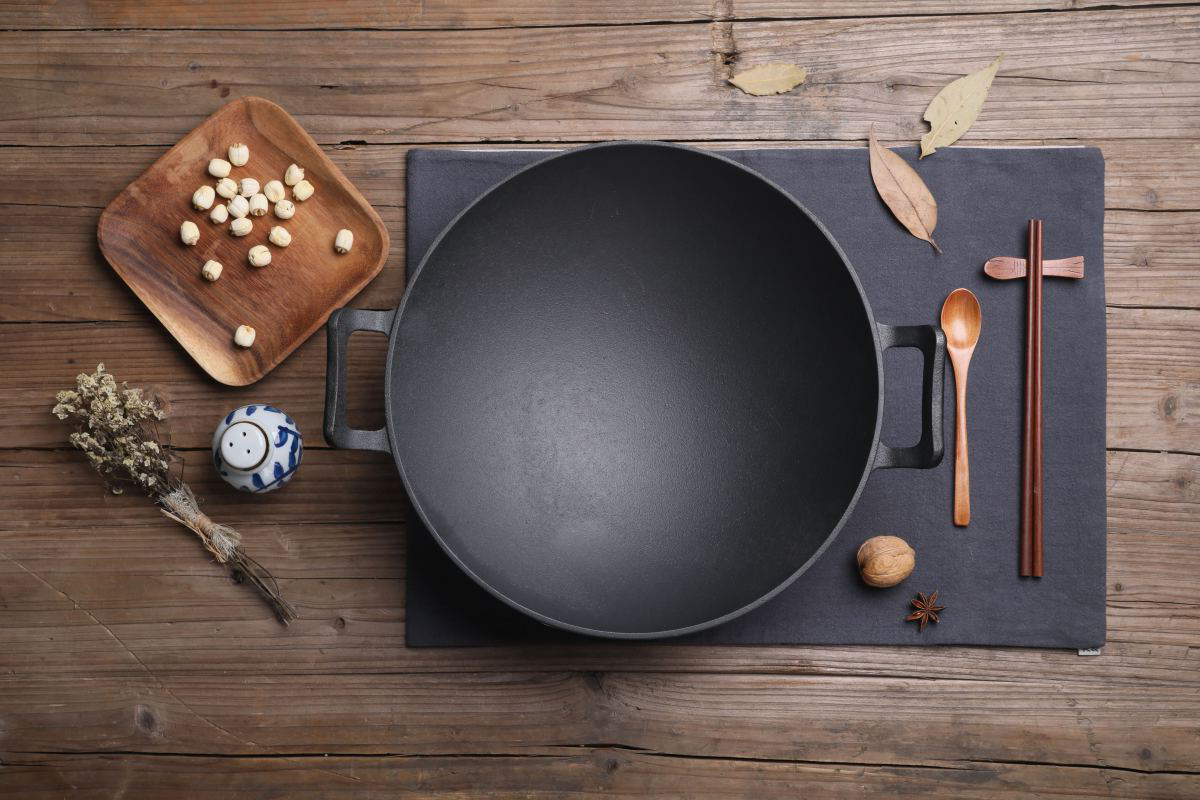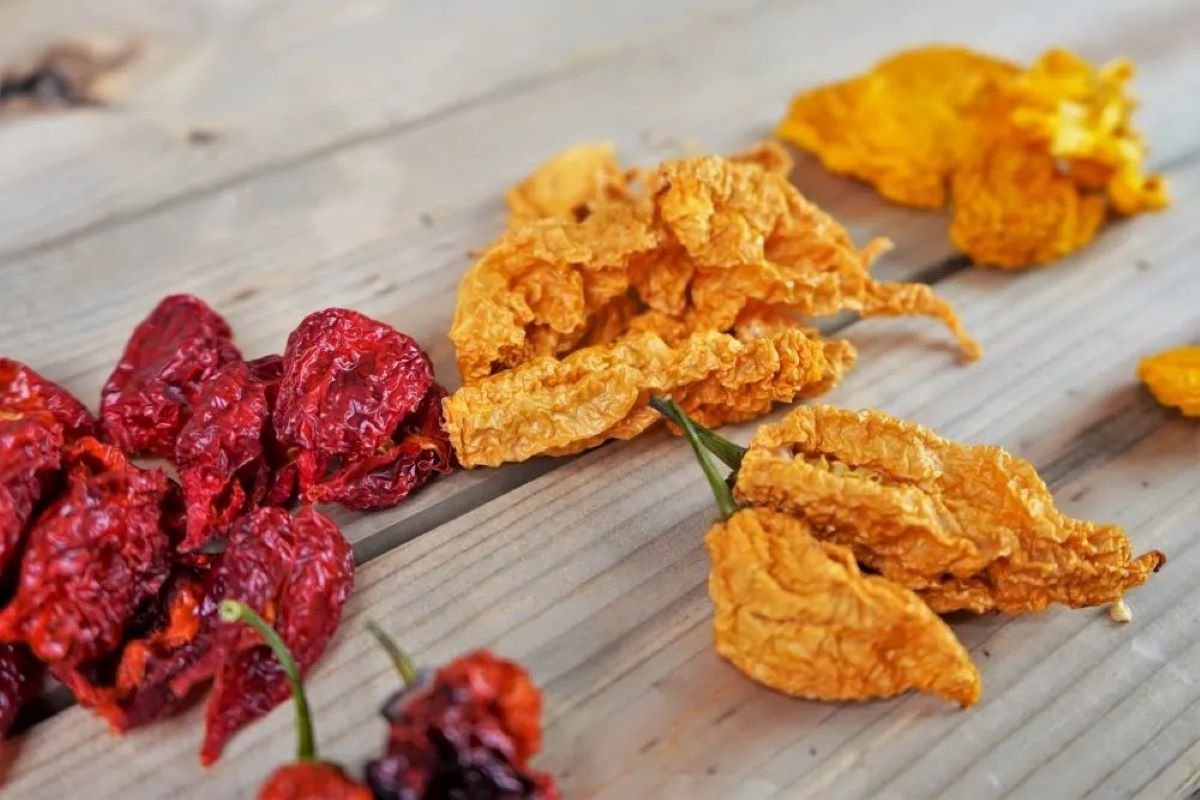Understanding the Ingredients of Dough
Have you ever wondered what makes the delicious bread, pizza, and pastries that we all love so much? The answer lies in the magical combination of ingredients that form the basis of dough. Let’s take a closer look at what dough is made of and how these ingredients come together to create the perfect texture and flavor.
The Basic Ingredients
Dough is typically made from a few simple ingredients that work together to create a versatile and delicious base for a wide variety of baked goods. The basic ingredients of dough include:
- Flour: This is the primary ingredient in most dough recipes. It provides the structure and texture of the dough. Different types of flour, such as all-purpose, bread flour, and whole wheat flour, can be used to achieve different results.
- Water: Water is essential for hydrating the flour and activating the gluten, which gives the dough its elasticity and strength.
- Yeast: In recipes that require leavened dough, yeast is used to make the dough rise. Yeast consumes the sugars in the dough and produces carbon dioxide, which creates air pockets in the dough, causing it to expand and rise.
- Salt: Salt not only adds flavor to the dough but also helps to control the fermentation process and strengthen the gluten structure.
Additional Ingredients
While the basic ingredients listed above form the foundation of most dough recipes, additional ingredients can be added to enhance flavor, texture, and nutritional value. Some common additional ingredients include:
- Sugar: Sugar provides food for the yeast and adds sweetness to the dough.
- Fat: Ingredients such as butter, oil, or lard can be added to dough to improve its tenderness and flavor.
- Eggs: Eggs can enrich the dough, adding moisture, flavor, and color.
- Milk: Milk can be used to replace some or all of the water in a dough recipe, resulting in a softer texture and richer flavor.
- Herbs and Spices: These can be added to dough to impart additional flavor and aroma.
The Science of Dough-Making
Understanding the role of each ingredient in dough-making is essential for achieving the desired results. When flour is mixed with water, gluten, a protein in the flour, forms and gives the dough its structure. Yeast, when activated by the sugars in the dough, produces carbon dioxide, causing the dough to rise. Salt controls the fermentation process and enhances the flavor of the dough.
By experimenting with different types and proportions of ingredients, as well as varying the mixing and kneading techniques, bakers can create an endless variety of doughs, each with its own unique texture and flavor.
Conclusion
So, the next time you bite into a fluffy slice of bread or a crispy pizza crust, take a moment to appreciate the simple yet magical combination of ingredients that come together to create the dough. Whether it’s the basic flour-water-yeast-salt combination or a more elaborate recipe with additional ingredients, the art of dough-making is a testament to the creativity and ingenuity of bakers around the world.
Now that you know what dough is made of, why not try your hand at making your own dough and experimenting with different ingredients to create your own unique baked creations?
Was this page helpful?
Read Next: What Is Hard Sauce
